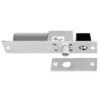Electric Door Bolt Lock
electric door bolt lock provides robust security through electronically controlled deadbolt mechanisms that can be operated remotely or through various access control methods. Unlike traditional mechanical locks, this advanced locking system offers property owners precise control over entry points while maintaining the physical security advantages of solid bolt construction.
Robust Locking Mechanism Design
The electric door bolt lock employs a motorized or solenoid-driven bolt that extends and retracts through electronic commands. This heavy-duty mechanism typically features a solid steel bolt measuring 1-inch or more in length, providing substantial resistance against forced entry attempts.
Core mechanical features include:
- Hardened steel bolt construction for maximum strength
- Reinforced strike plate with deep frame penetration
- Anti-drill and anti-pick protection mechanisms
- Smooth operation cycles rated for hundreds of thousands of uses
- Precision-machined components for reliable long-term performance
Electronic Control and Power Management
Modern electric door bolt lock systems operate on low-voltage DC power, typically 12V or 24V, making them safe for integration with standard access control infrastructure. The electronic components are designed for continuous duty cycles while maintaining energy efficiency.
Power specifications encompass:
- Low current consumption during standby operation
- Quick bolt extension and retraction times under 2 seconds
- Built-in surge protection against electrical spikes
- Battery backup compatibility for uninterrupted operation
- Power monitoring systems with status indicators
Access Control Integration Capabilities
The electric door bolt lock connects seamlessly with modern access control systems, supporting multiple authentication methods and user management protocols. This flexibility allows property managers to implement sophisticated security policies tailored to specific operational requirements.
Integration options include:
- Proximity card readers for convenient keyless entry
- Biometric scanners for high-security applications
- Keypad systems with programmable access codes
- Mobile app control through smartphone applications
- Time-based access scheduling for different user groups
Installation Requirements and Considerations
Professional installation ensures proper alignment and optimal performance of electric door bolt lock systems. The installation process requires precise door preparation and careful attention to both mechanical fit and electrical connections.
Installation specifications involve:
- Door thickness compatibility typically ranging from 1-3/4″ to 2-1/4″
- Frame modification to accommodate the electronic strike mechanism
- Low-voltage wiring from control panels to lock location
- Backup power system integration for emergency situations
- Testing of fail-safe or fail-secure operational modes
Fail-Safe and Fail-Secure Operation Modes
Electric door bolt lock systems offer configurable behavior during power loss situations. Property managers can select operational modes based on specific security requirements and building code compliance needs.
Fail-Safe Configuration:
- Bolt retracts automatically during power failures
- Ensures emergency egress compliance for occupied spaces
- Prioritizes life safety over security concerns
- Commonly required for fire-rated doors and main exits
Fail-Secure Configuration:
- Bolt remains extended when power is interrupted
- Maintains security even during electrical outages
- Suitable for storage areas and sensitive locations
- Requires manual key override or backup power systems
Commercial and Residential Applications
The versatility of electric door bolt lock technology makes it suitable for diverse security applications. Commercial installations benefit from centralized management capabilities, while residential users appreciate the convenience of remote operation.
Typical applications include:
- Office buildings requiring after-hours access control
- Residential entry doors with smartphone integration
- Storage facilities with individual unit security
- Industrial facilities with restricted area protection
- Multi-family housing with tenant access management
Security Features and Tamper Protection
Advanced electric door bolt lock systems incorporate multiple security enhancements that protect against both physical and electronic tampering attempts. These features ensure the locking mechanism remains secure even when subjected to sophisticated attack methods.
Security enhancements encompass:
- Hardened steel construction resistant to cutting and drilling
- Encrypted communication protocols preventing signal interception
- Door position monitoring detecting forced entry attempts
- Tamper alerts when unauthorized access attempts occur
- Lock status feedback confirming proper bolt engagement
Maintenance and Troubleshooting Procedures
Regular maintenance extends the operational lifespan of electric door bolt lock installations. Scheduled inspections help identify potential issues before they impact security or convenience.
Maintenance requirements include:
- Periodic lubrication of mechanical components
- Cleaning of electrical contacts and connections
- Testing of backup power systems and battery levels
- Verification of proper door alignment and bolt engagement
- Software updates for enhanced security and functionality
Cost-Benefit Analysis for Security Upgrades
While electric door bolt lock systems require higher initial investment compared to conventional mechanical locks, they provide significant operational advantages. Reduced key management overhead, improved access monitoring, and flexible user management often justify the technology upgrade cost.
Long-term benefits include:
- Elimination of physical key replacement costs
- Comprehensive access logging for security audits
- Remote management reducing on-site service calls
- Scalable architecture supporting future expansion needs
The electric door bolt lock represents a practical security solution that combines the physical strength of traditional deadbolts with the convenience and control of modern electronic systems. This technology serves property owners seeking enhanced security without sacrificing operational flexibility or emergency safety requirements.
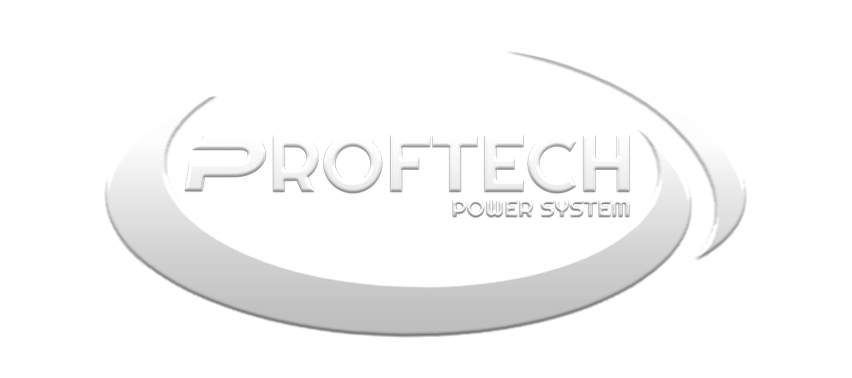
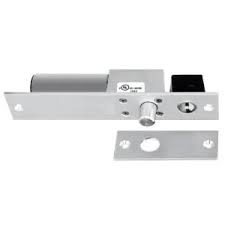
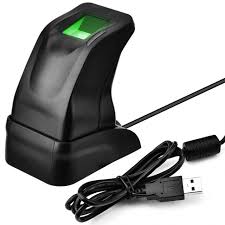
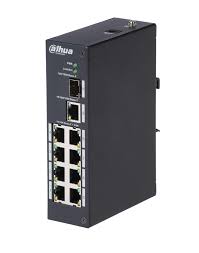
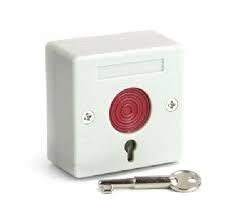
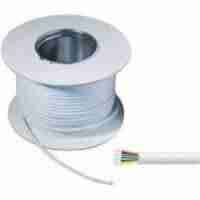
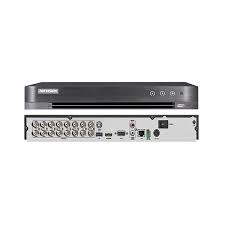
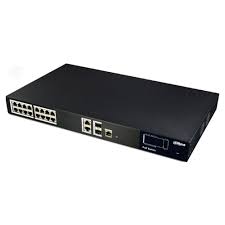
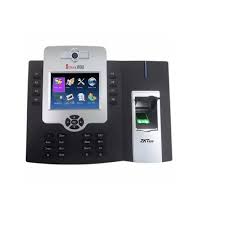
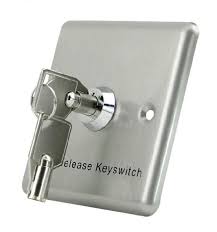
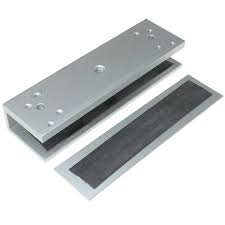
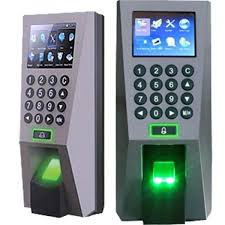
 No products in the cart.
No products in the cart. 